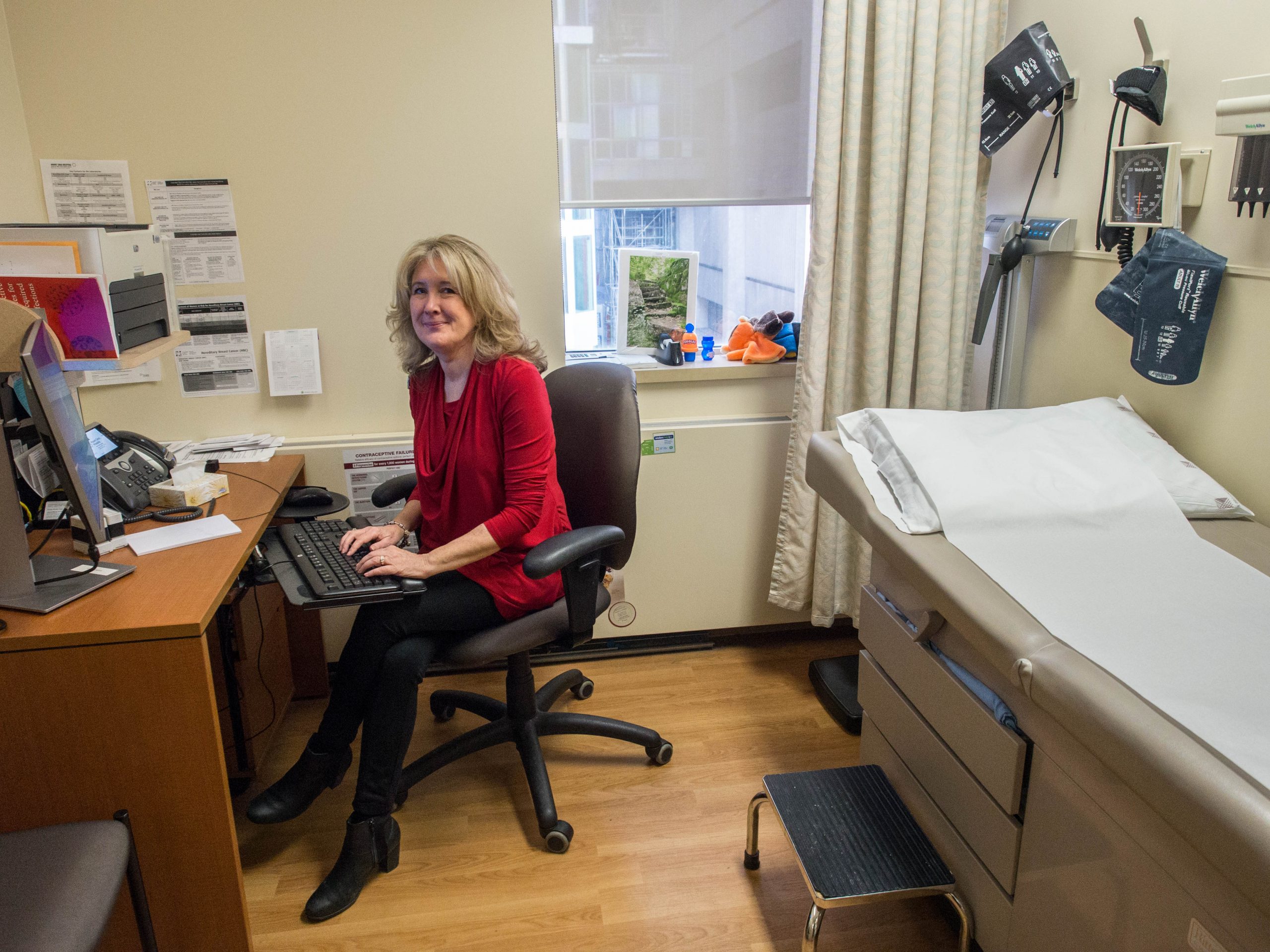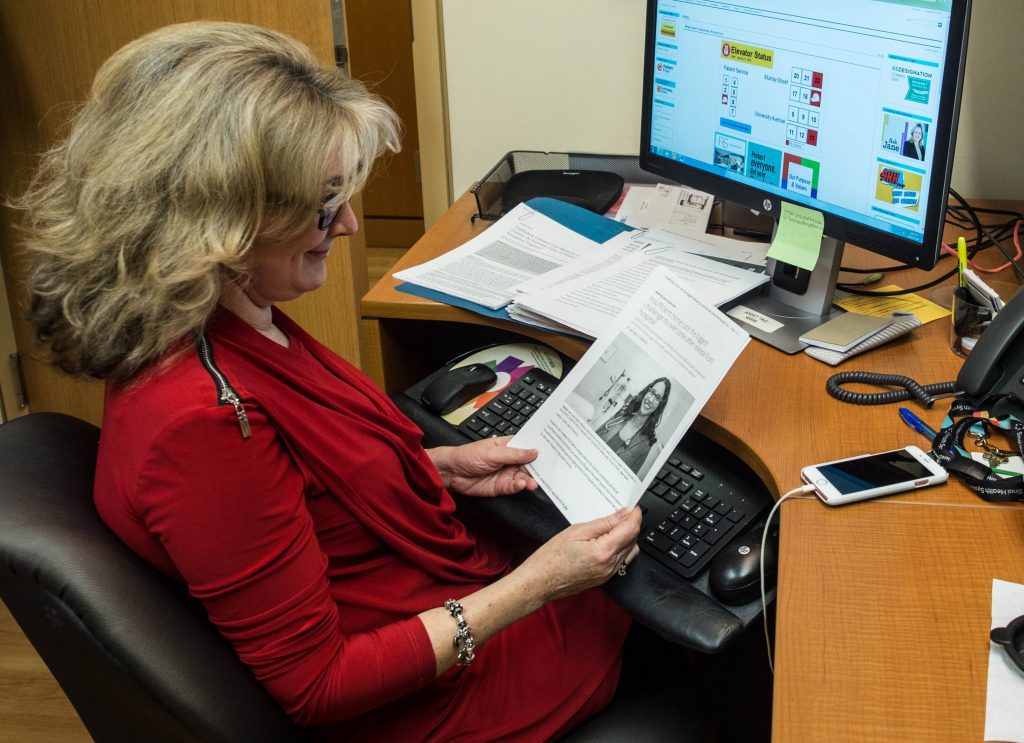Theresa is a nurse practitioner with decades of experience. She has worked in both urban and rural settings, in a variety of primary care models, and is past president and past CEO of the Nurse Practitioners’ Association of Ontario (NPAO). She is currently part of the Mount Sinai Hospital Academic Family Health Team.
“Much of my career has been centred around primary care reform – specifically enabling primary care providers to provide better care and to be better resourced.
I’ve always looked at my work from the patient’s perspective. The majority of people spend most of their lives receiving healthcare in the community, mainly from a primary care provider (physician or NP) or from a team. They spend a very small proportion of their life in an acute care setting, but those episodes tend to be very intense.”

“I’ve found that there is sometimes a disproportionate allocation of resources. When you need a hospital, you need a hospital. And when you have cancer, you want the best cancer care available, and I believe in Ontario, we have that. But I would say that we don’t have that same high-level of care for people with mental-health issues, for people with addictions, or people who are marginalized. Social determinants of health are the number one indicator of morbidity, mortality and longevity.”
There’s a great deal of emphasis in the healthcare system on curative measures and on acute care episodes, and not enough on preventative care.
“I’m involved in the Primary Care Liaison Project at Mount Sinai Hospital – it is a pilot project that started in November of 2019. Here’s the how of it: I get the admissions list, I look to see which physicians are involved in that person’s care and then I reach out to the family and caregivers and augment the services that are currently in place. I’m not replacing any one person, but I am in the circle of care. I connect with the family physician to ask them, ‘I’m sure you know that Mrs. Jones is in hospital, but could I just ask a couple of questions?’ I’d then relay any pertinent information back to the acute care team and then when the patient’s discharged I’d again be in touch with the family physician and the patient and caregiver.’
When I explain this role to my friends in the community, inevitably they say to me, ‘I wish I had someone like you when my mom was in hospital or when my sister was going through her experience.'”
“The community-based family physician knows more about their patient than just about anyone else – they’ve seen this person over a lifetime. It’s sort of like the acute care team gets a snapshot of their life, when what they need is the video. And the family physician has the video.”
The richness of the information that comes from the primary care provider is so important.
“Transitions in care continue to be pain points in a patient’s journey through the healthcare system. They can be confusing, frustrating, and drain resources. If it’s not done properly, can cause negative outcomes.
I think that family physicians, back in the day, used to feel more connected to the hospital. Many of them had hospital privileges, some of them would come in and oversee the care of their patient. Some of them would assist in surgical procedures, but they also connected to specialists in hospitals in informal ways. That doesn’t exist as much anymore.”
I’m really hoping that I can help to build communication and linkages, and ensure that family physicians feel more engaged and an important part of the overall care.




The comments section is closed.